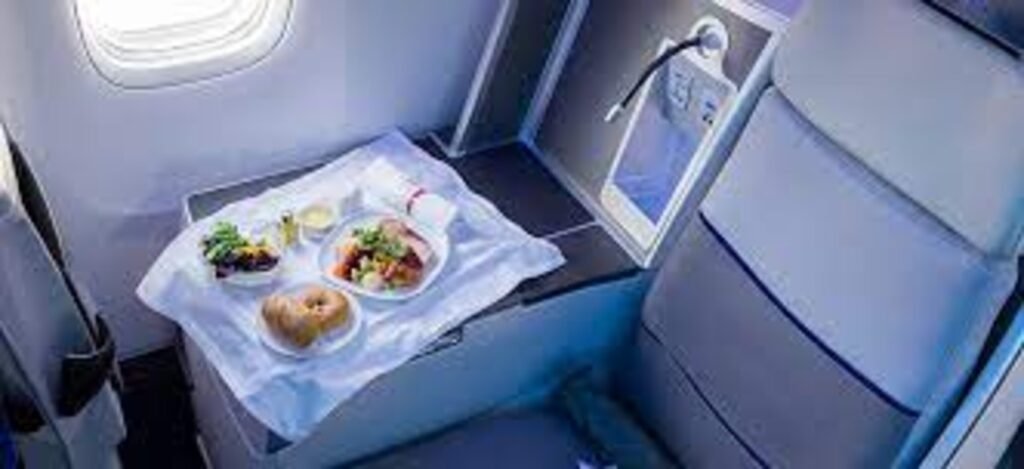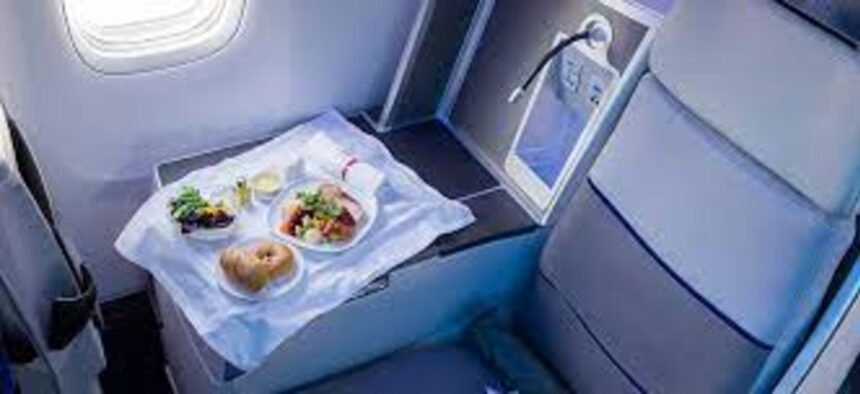Introduction:
As the world becomes more interconnected, air travel remains a vital mode of transportation for millions of people. While airlines have stringent security measures to ensure passenger safety, there are certain types of food that passengers are prohibited from bringing aboard. This feature article explores the various food items that are restricted on aircraft, shedding light on the reasons behind these restrictions and offering insights into ensuring a smooth journey through the skies.

1. Liquids and Gels:
The most well-known restriction pertains to liquids and gels. The 3-1-1 rule – limiting liquids to containers of 3.4 ounces (100 millilitres) or less, placed in a quart-sized, resealable plastic bag – is a global standard. This rule extends to foods such as sauces, soups, and beverages like water, juice, and alcohol. The restrictions aim to prevent potential security threats related to concealed explosives or hazardous materials.
2. Foods with Strong Odours:
Strong-smelling foods like durian, a pungent tropical fruit, and certain cheeses, can trigger discomfort among fellow passengers and crew members. Airlines often ban these items to ensure a pleasant environment for all passengers. Instead, consider consuming such foods before boarding or opting for less pungent alternatives.
3. Homemade Meals:
While it’s tempting to bring a taste of home on board, homemade meals are generally discouraged due to concerns about food safety and security. Pre-packaged meals from reputable sources are preferred, as they adhere to stricter quality control standards and are less likely to pose health risks or security concerns.
4. Fresh Fruits and Vegetables:
Fresh produce can harbor pests and diseases that may inadvertently spread to other countries. Many countries have stringent agricultural and quarantine regulations to prevent the introduction of invasive species, leading to restrictions on bringing fresh fruits and vegetables across borders. Opt for dried or processed versions of these items to satiate your snack cravings.
5. Meats and Animal Products:
Bringing meats, poultry, and animal products on board can be a risky endeavor due to potential contamination and spoilage. These items are often prohibited to prevent the spread of diseases between animals and humans, such as foot-and-mouth disease or avian influenza. Check with the airline for their specific guidelines on meat and animal product restrictions.
6. Nut Allergens:
In consideration of passengers with severe nut allergies, some airlines implement restrictions on nuts and nut products. Even trace amounts of nuts can trigger life-threatening reactions in susceptible individuals. To ensure a safe flight for everyone, it’s advisable to consume nut products before boarding and avoid bringing them onto the aircraft.
Conclusion:
Navigating the restrictions on in-flight food items is essential for a smooth and secure air travel experience. By understanding the rationale behind these rules, passengers can contribute to a safer and more pleasant journey for themselves and fellow travelers. Staying informed about the guidelines of specific airlines and countries is crucial to avoid any last-minute inconveniences. Whether it’s choosing the right snacks or planning meals in advance, being mindful of these restrictions ensures a more enjoyable flight for everyone.






